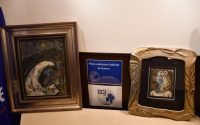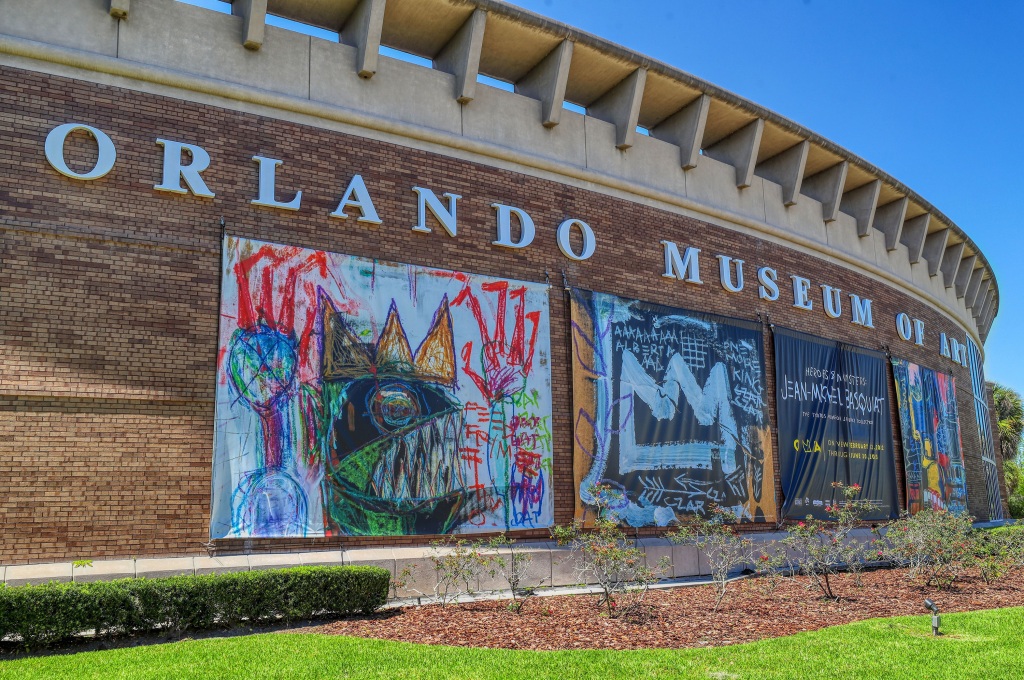Philadelphia Museum of Art Picks Eleanor Nairne to Lead Modern and Contemporary Art Department
The Philadelphia Museum of Art has named Eleanor Nairne as its new department head for modern and contemporary art, succeeding Carlos Basualdo, who was named deputy director and chief curator in December. Nairne will begin in her new role later this month.
Nairne comes to the PMA after almost nine years as senior curator at London’s Barbican Art Gallery, which hosts art exhibitions in addition to performing arts events. During her tenure there, she organized acclaimed exhibitions such as a Lee Krasner retrospective in 2019, an Alice Neel survey in 2023, and solos for the likes of Soheila Sokhanvari and Jean-Michel Basquiat.
“During my time at the Barbican, one thing I tried to do was to think very laterally about what is the show we need,” she told ARTnews in a phone interview. “The temptation is to look at what everybody else is doing internationally, and then to think that somewhere in the mix, there’s a show that could be right for you, your institution, your city. But what is the show that people should be doing and they’re not doing, or that they haven’t thought of yet? Developing that practice is, I think, where a more generative curatorial practice comes.”
Nairne likened her experience at the Barbican to working at a kunsthalle, where “you are in the business of making exhibitions,” she said, adding that she found herself thinking about working for an institution with a permanent collection “where the legacy will far outlive you and where you feel like the benefits of that work are not limited to a three-month period while the show is up.”
As a specialist in postwar American art, Nairne was particularly interested in the PMA’s collection, which includes a number of key Surrealist artworks and deep holdings of art by Marcel Duchamp, including his final work, Étant donnés (1944–46). Nairne said she wants to build on these strengths by growing the collection, with a special emphasis on the local community, queerness, and diversity.
“What would it mean for the PMA to be able to be messy?” she said. “What would it mean to present stories that may not be neat, contained art historical narratives? That’s something that I’m interested in doing. I have a deep faith in people’s capacity to hold complex and sometimes contradictory stories.”



